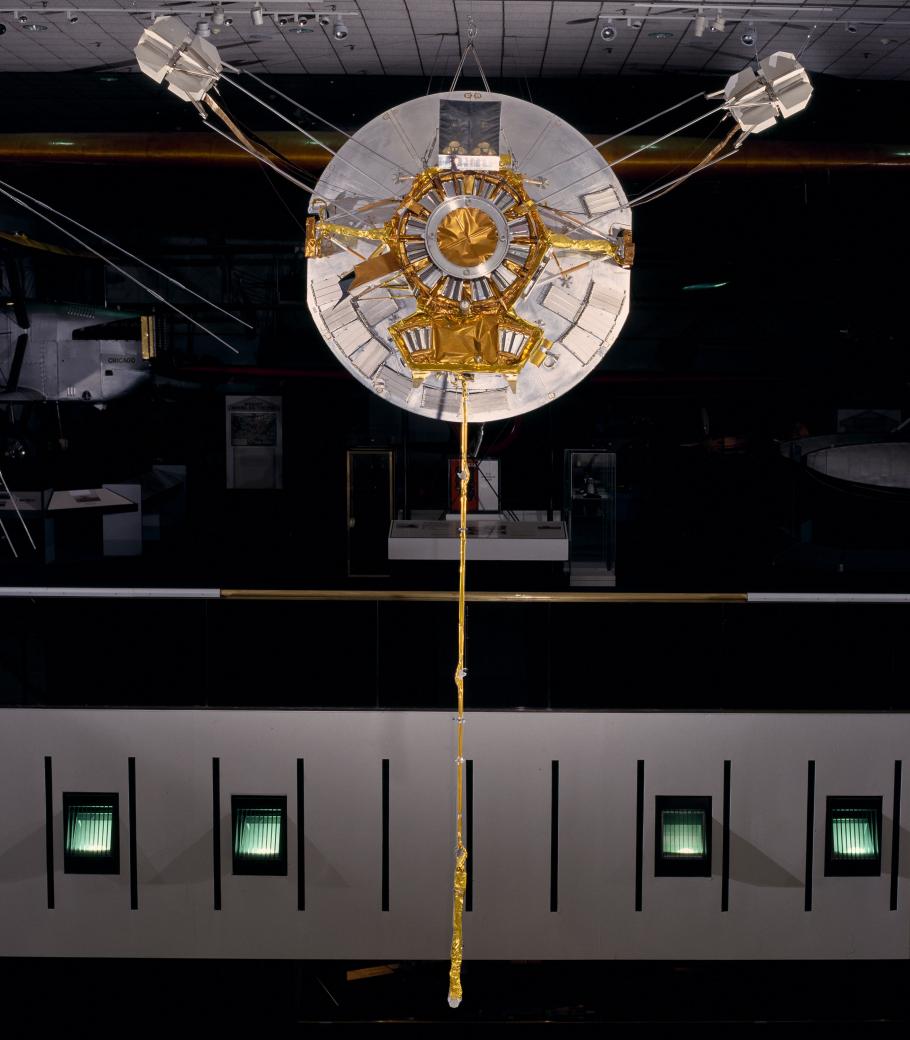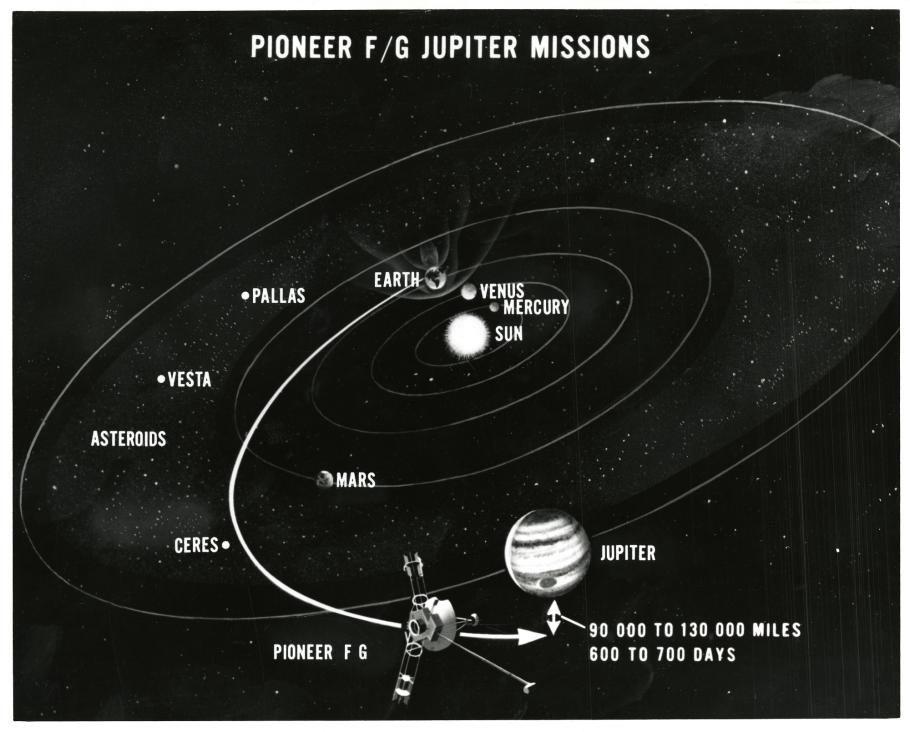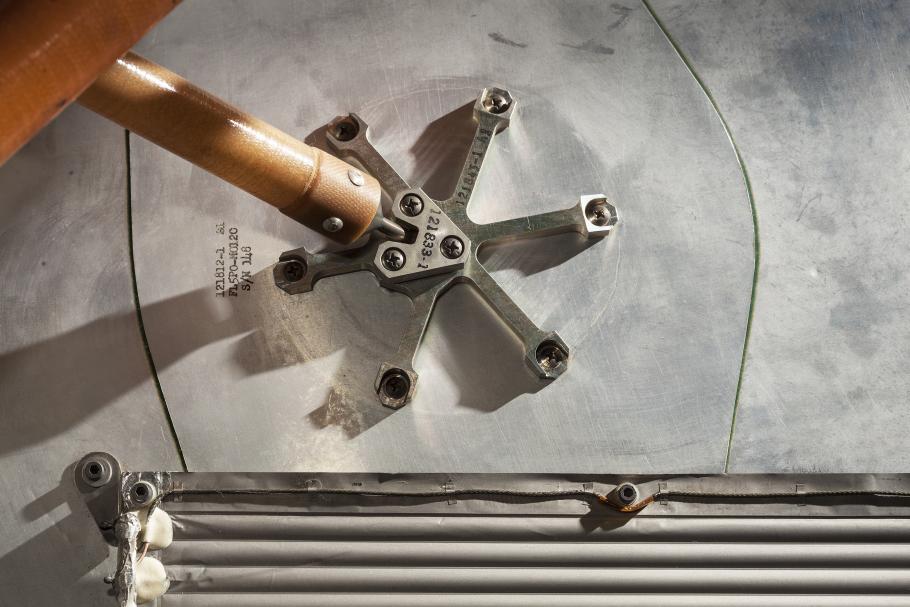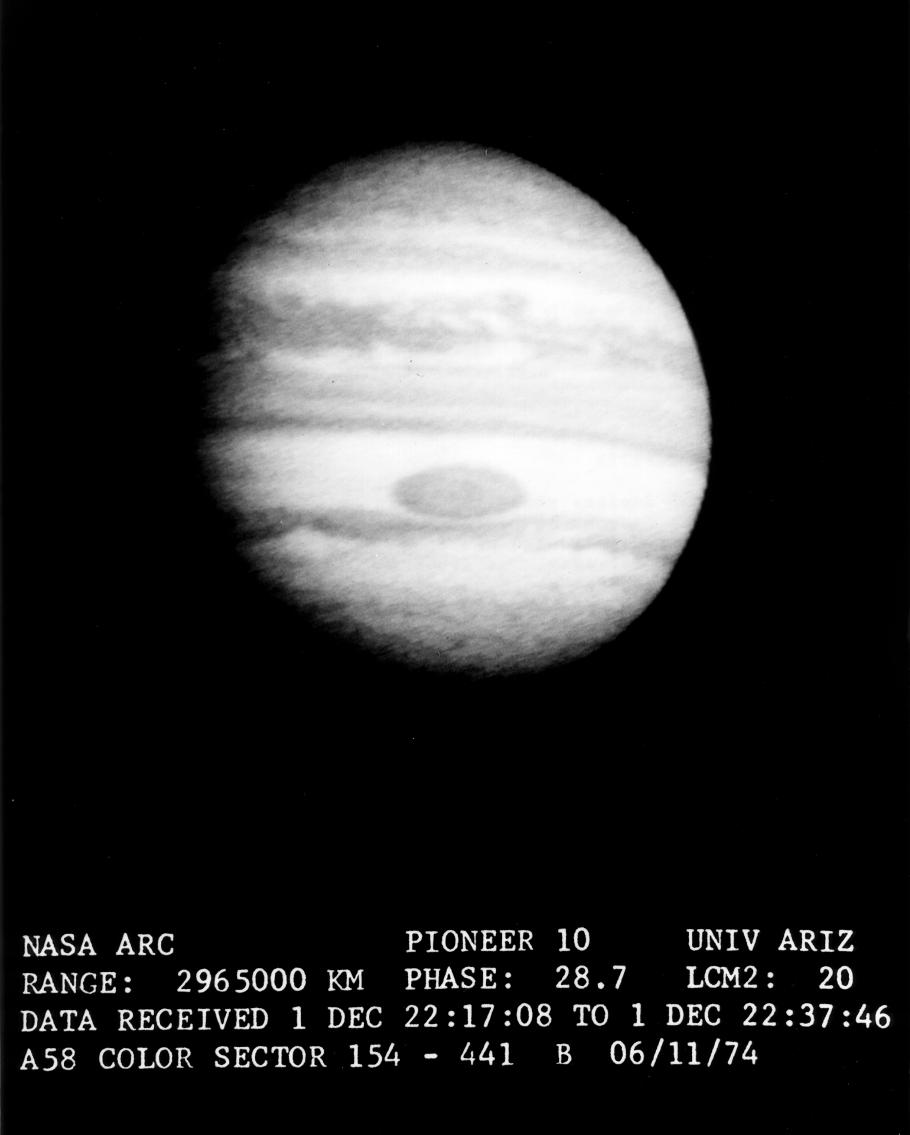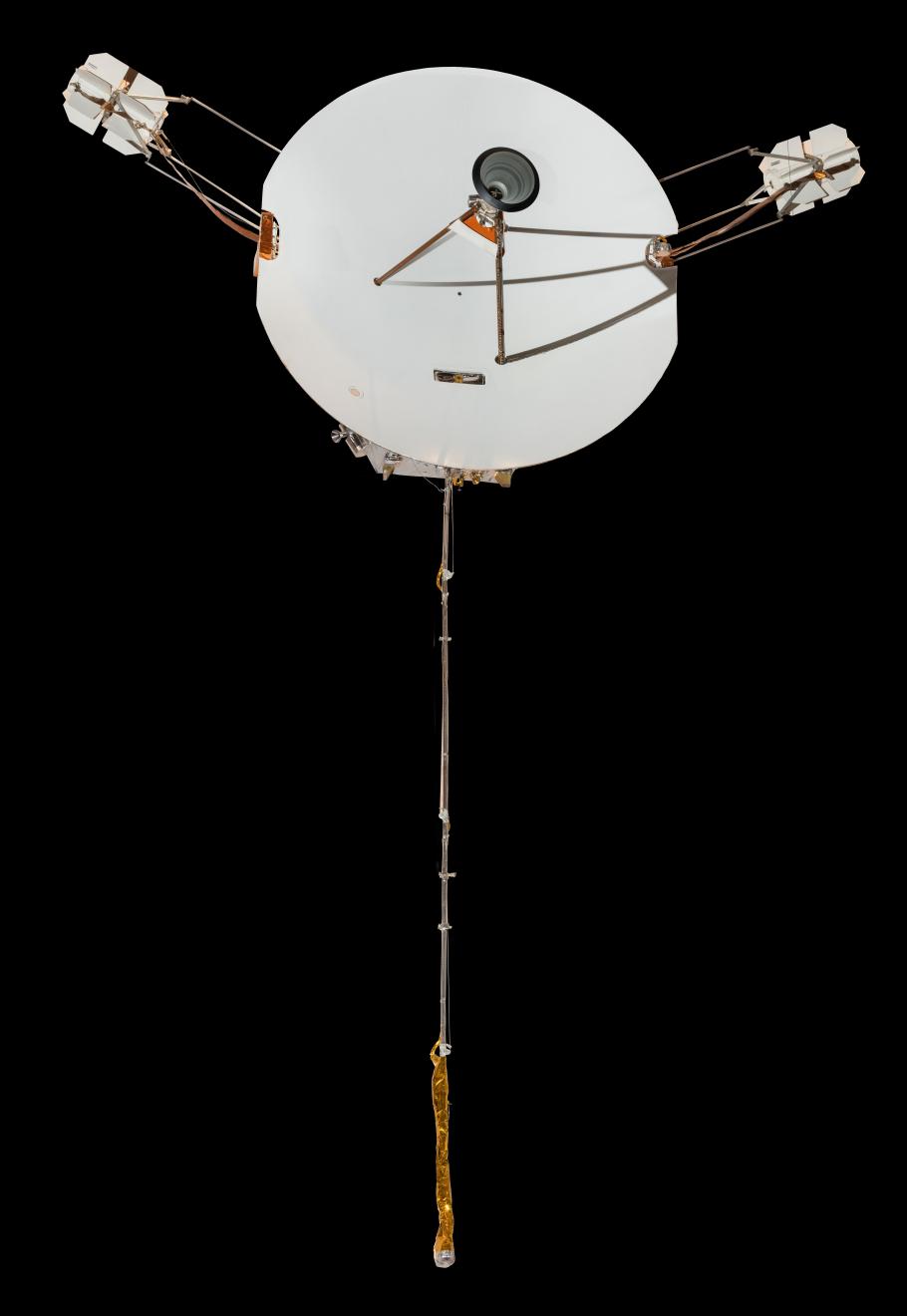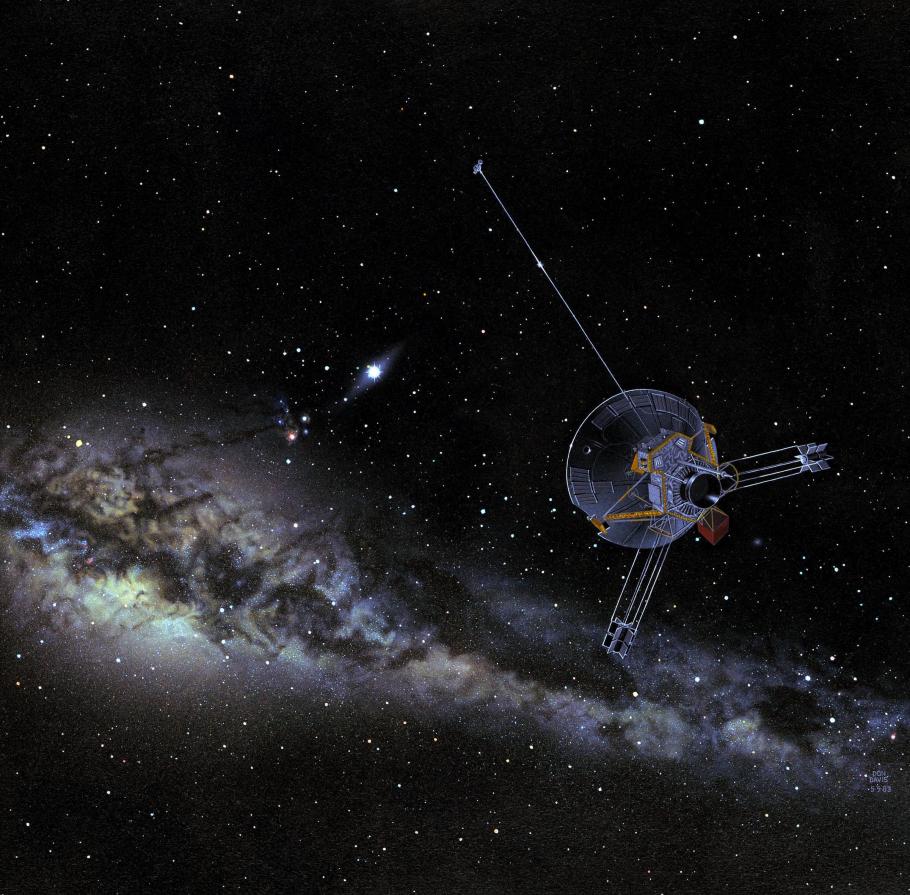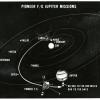21 Images
For over 30 years, the Pioneer 10 spacecraft sent photographs and scientific information back to Earth. Launched March 2, 1972, it reached speeds of 52,100 kilometers (32,400 miles) per hour on its flight to Jupiter, making it one of the fastest human-made objects ever. After completing an investigation of Jupiter, Pioneer 10 continued on to the outer regions of the solar system, studying solar wind and cosmic rays.
Having gone further into space than any other object sent from Earth, Pioneer's last weak signal was received on January 22, 2003, from approximately 12.2 billion kilometers (7.6 billion miles) from Earth. NASA engineers reported that Pioneer 10's radioisotope power source had degraded and was not likely to allow future transmissions.
As it drifts into interstellar space, Pioneer 10 will continue to carry a plaque designed to inform intelligent life that may find it about the spacecraft and its origins. The prototype spacecraft displayed here was constructed for NASA by TRW, Inc.
Display Status
This object is not on display at the National Air and Space Museum. It is either on loan or in storage.
Object Details
Key Accomplishment(s)
First Spacecraft to Travel Beyond Asteroid Belt, Fly By Jupiter and Saturn
Brief Description
The Pioneer spacecraft, launched in 1972 and 1973, were the first to traverse the asteroid belt and explore the region around the giant planet Jupiter. Pioneer 11 also explored Saturn. The two craft are headed out of the solar system toward other stars in the galaxy.
Country of Origin
United States of America
Type
SPACECRAFT-Crewed-Special/Commemorative
Manufacturer
TRW, Inc.
Dimensions
Overall: 9 ft. wide x 9 ft. 6 in. long x 9 ft. diameter, 9 ft. span, 568 lb. (274.32 x 289.56 x 274.32cm, 257.6kg, 274.32cm)
Materials
Aluminum, Mylar, phenolic resins, aluminized Kapton, synthetic thread
Alternate Name
Pioneer 10/11
Inventory Number
A19770451000
Credit Line
Transferred from National Aeronautics and Space Administration
Data Source
National Air and Space Museum
Restrictions & Rights
Open Access (CCO)
For more information, visit the Smithsonians Terms of Use.
